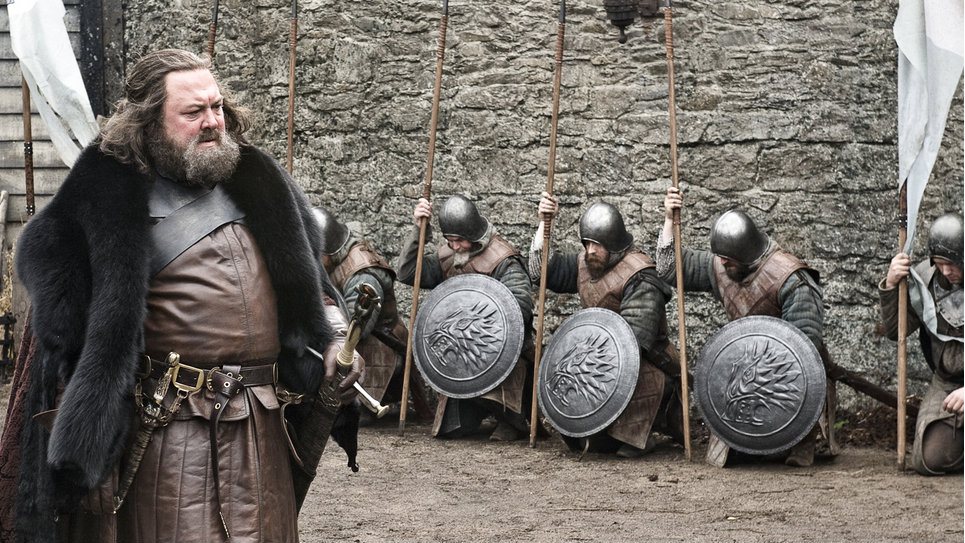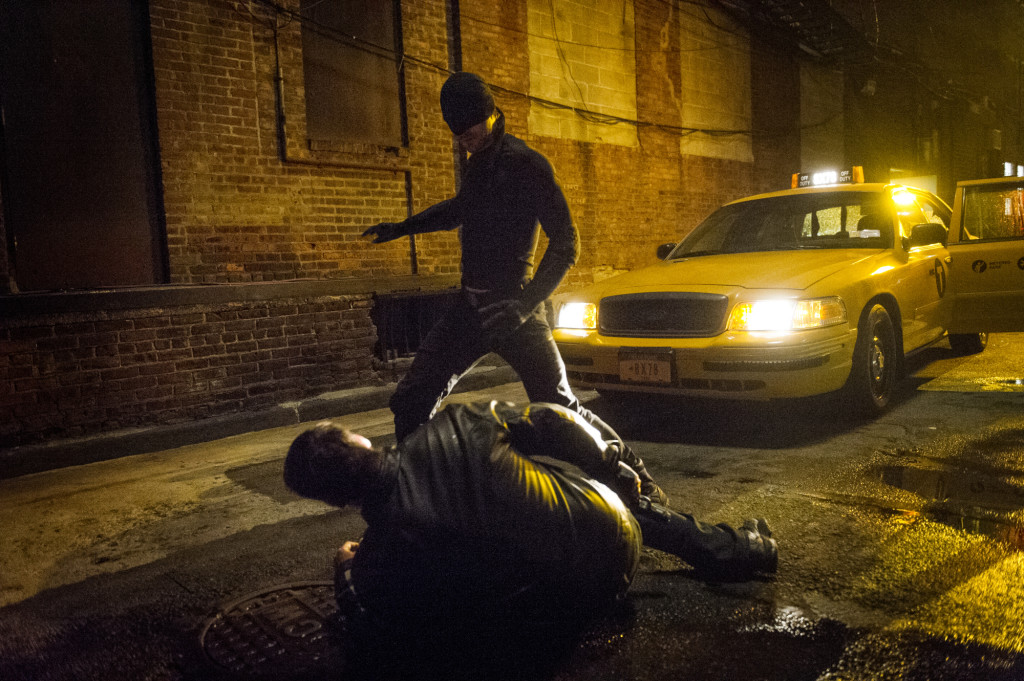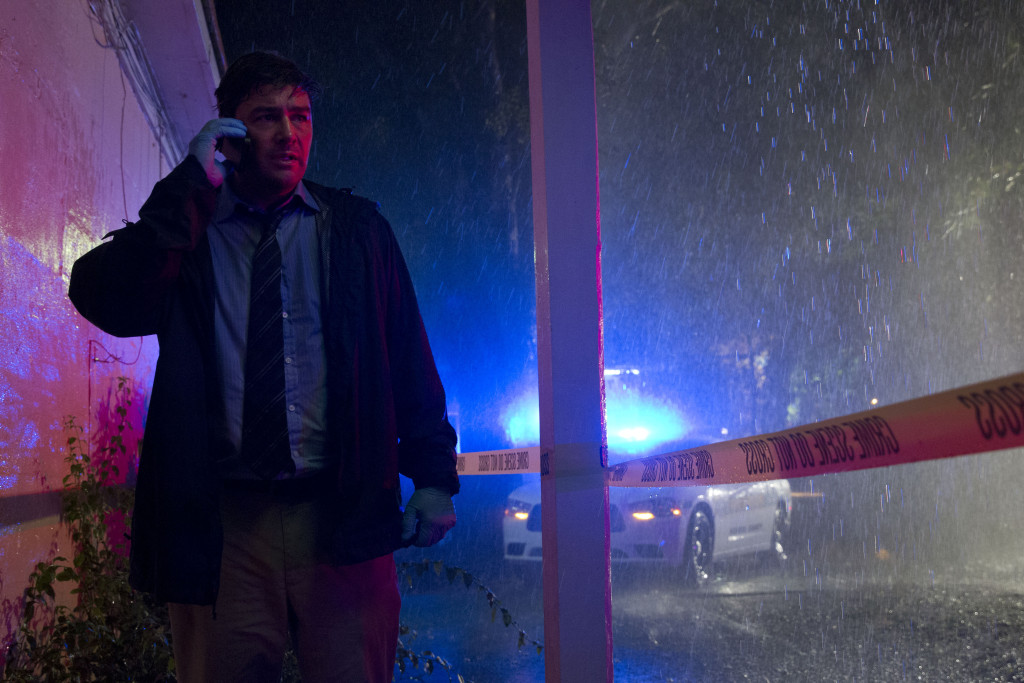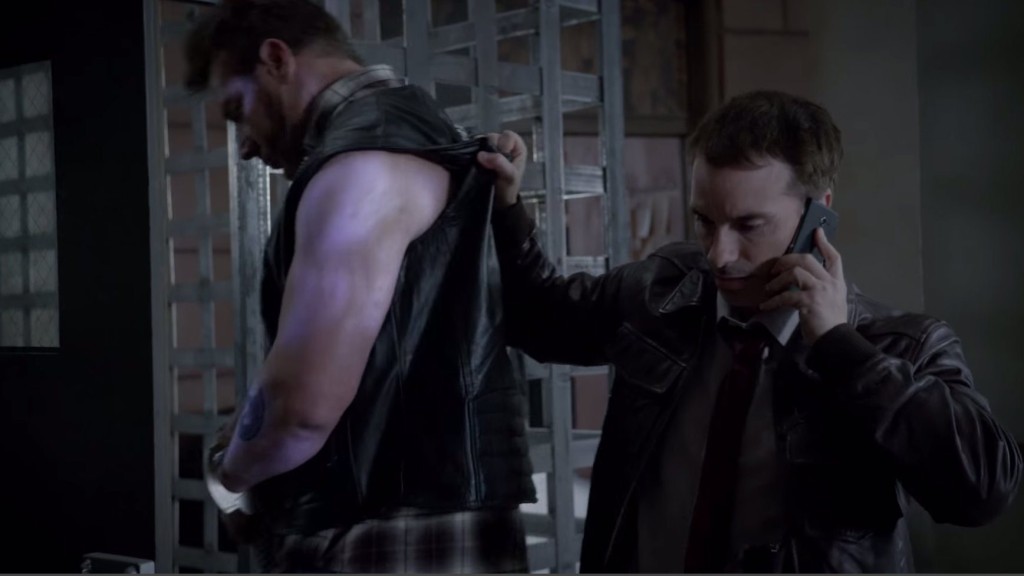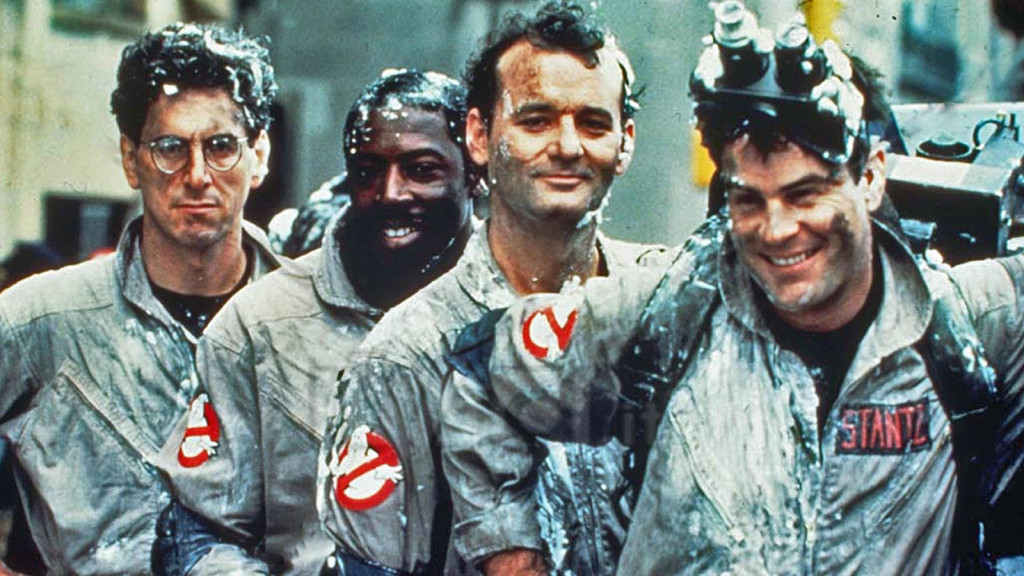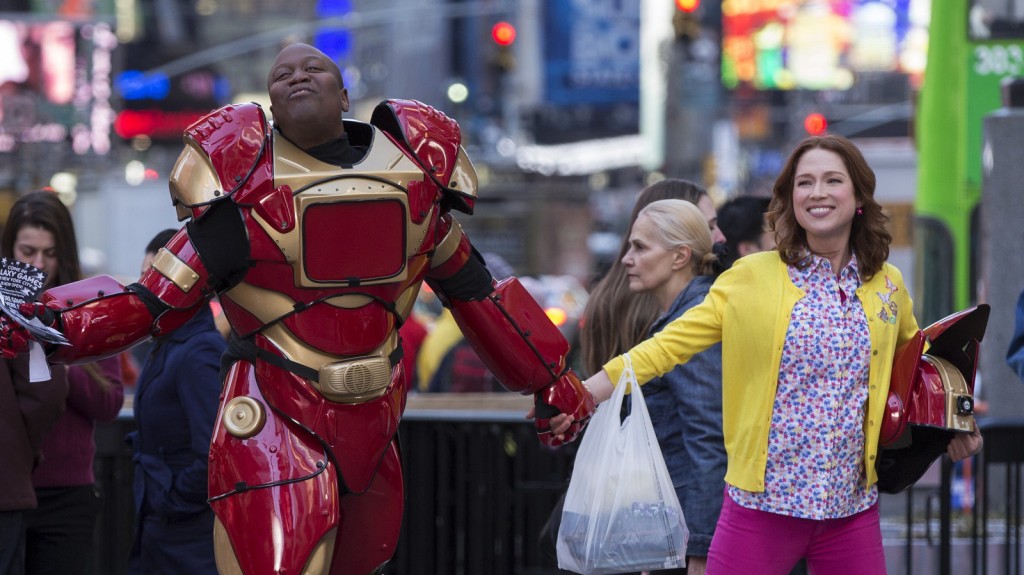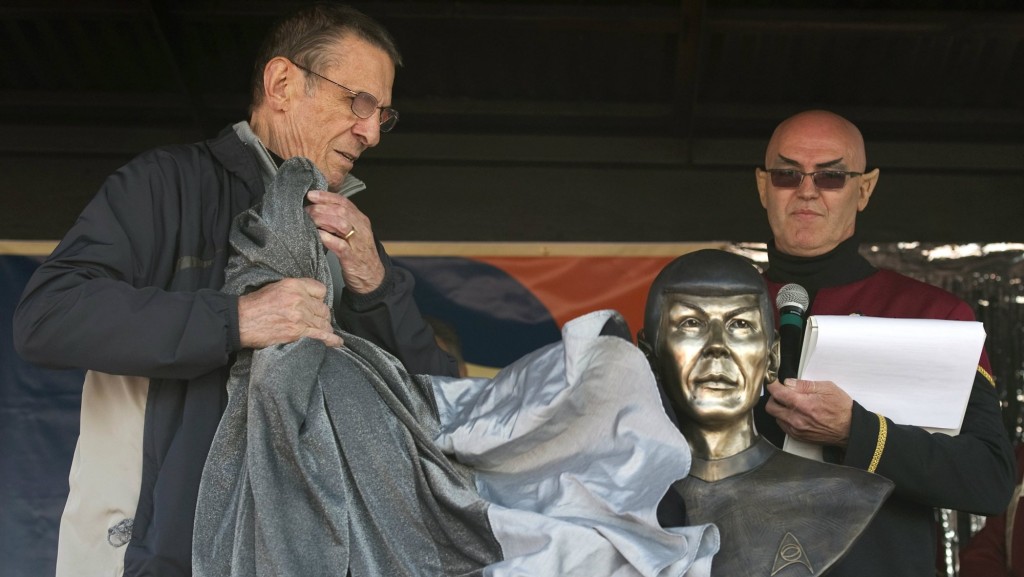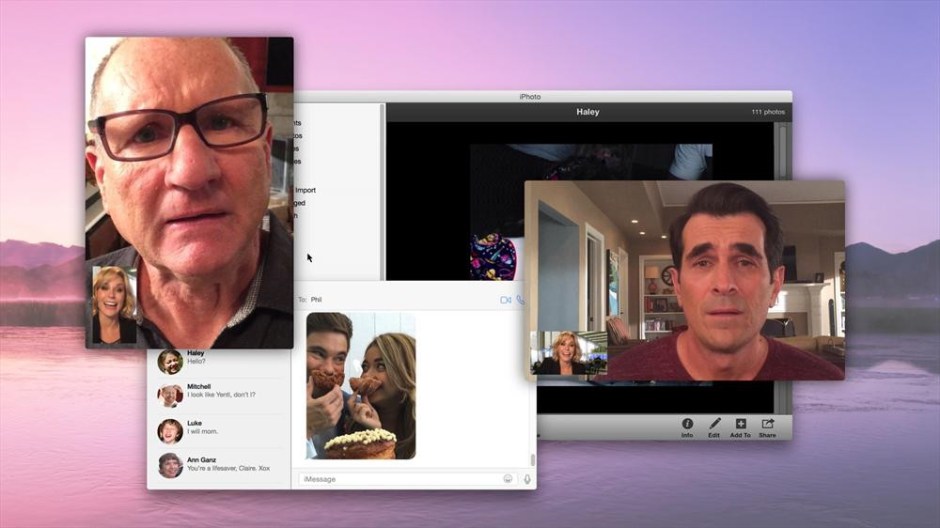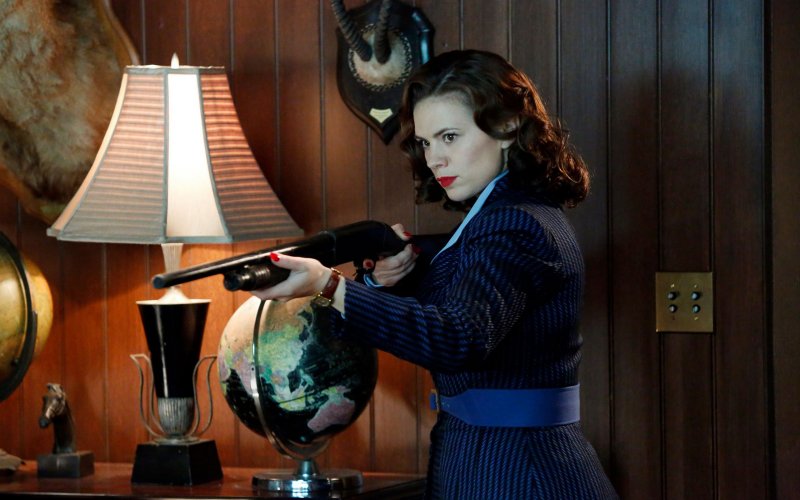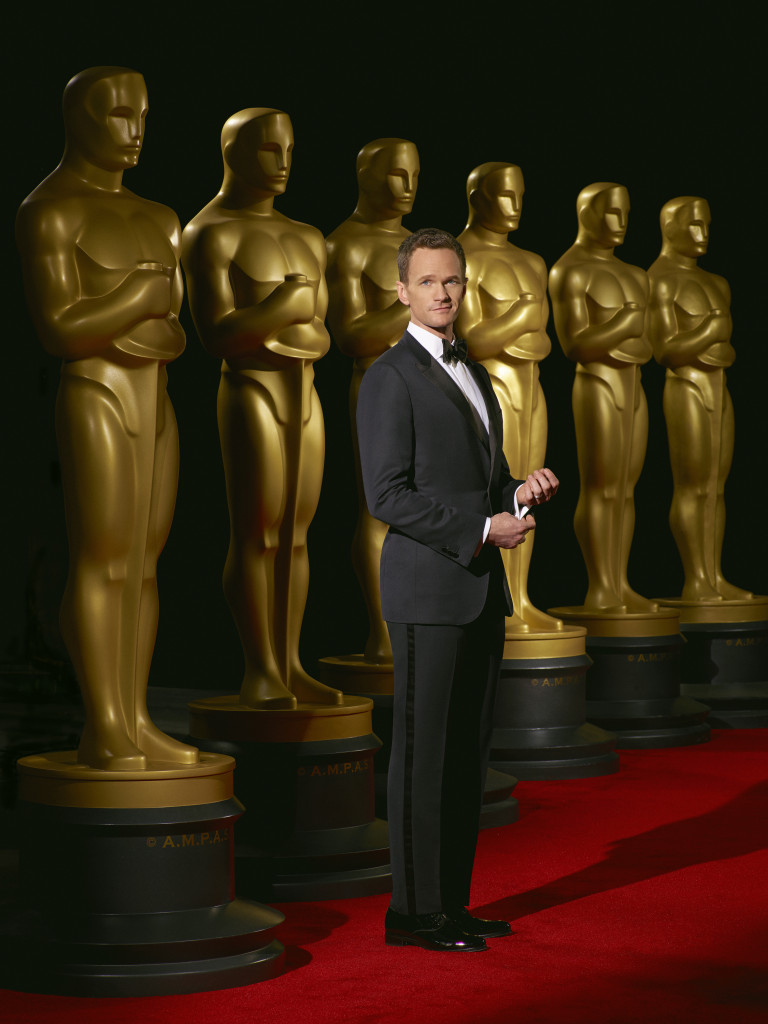Some of the best story ideas come from chats with other TV critics and writers. And a recent conversation with Alan Sepinwall yielded the idea for this Quartz story about how no HBO series have series longer than 10 episodes.
While HBO cannot air more than 10 episodes of Game of Thrones each year due to the show’s massive production scale, even its smaller-budgeted shows (i.e. everything else on the network) stay capped at 10 episodes per season. The last show to air a season of more than 10 episodes was Girls, which had 12 episodes in early 2014, but when back down to 10 this year. But Michael Lombardo, president of HBO programming, insists that all is not what it appears:
Despite appearances, however, HBO insists that there is no 10-episode edict in place. “The number of episodes for any of our series is determined by the story,” Lombardo told Quartz. “From conversations with showrunners, writers and/or producers, we find the appropriate amount of episodes necessary to tell that particular story. You never want to rush or drag out a story, so this is a very important step in the production process.”
As I wrote later in the piece:
In other words, HBO says that it could greenlight a season of more than 10 episodes, but the network doesn’t feel that any of the shows on its slate warrant a longer season (with the possible exception of Thrones, where they are locked into 10 episodes regardless of how many they’d like to make each year). But this runs counter to what Girls executive producer Judd Apatow told HitFix last year, in lamenting the reduction of Girls’ fourth season from 12 episodes to 10. “I am a big fan of doing more episodes,” Apatow said. “Unfortunately, most of the shows on HBO are 10 episodes, so I think we will be doing 10 next year. We don’t line up with anybody when we do 12.”
HBO isn’t the only cable network to embrace shorter seasons. I also spoke with Nina Lederman, Lifetime’s SVP of scripted programing and development, who also shed some light on this trend as well.
I wish Lombardo had been a bit more open about HBO’s mindset, so for now, we’ll have to keep an eye on HBO’s season orders and see if one ever rises above 10 again. And thanks again, Alan, for the great story idea!
Power of 10: Why networks are ordering shorter seasons for their hit shows
